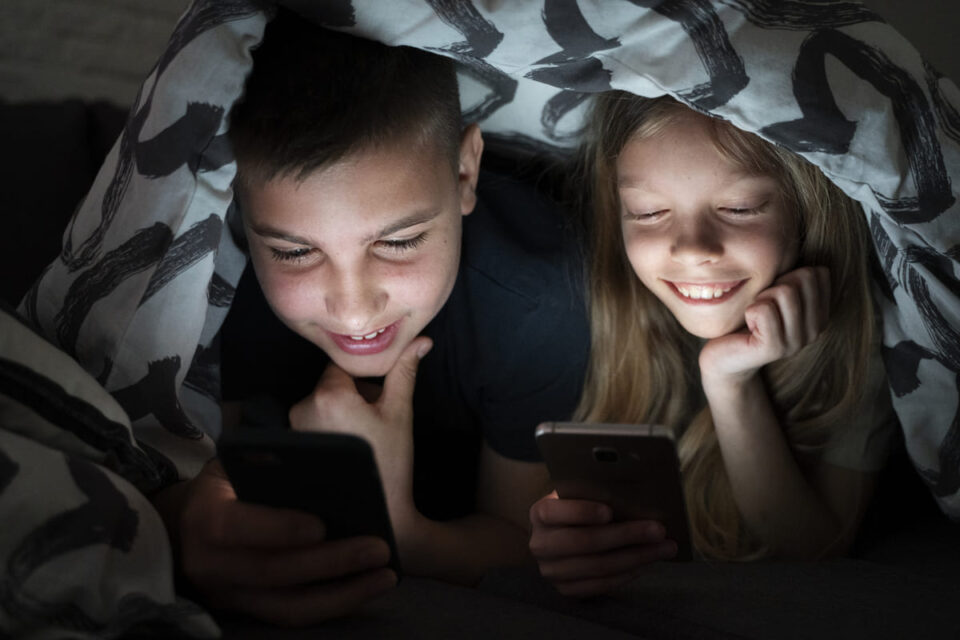The notification chirps like a hungry bird, and my patient’s hand twitches toward her phone—an unconscious dance I’ve witnessed a thousand times in my clinic. Her eyes darted sideways to the glowing screen. At the same time, she describes her headaches, anxiety, and inability to sleep, all the while her fingers perform that mindless scrolling gesture that’s become as natural as breathing to a generation raised on digital dopamine.
Ten years ago, I treated patients for fever, cough, asthma, digestive issues, piles, hypertension, skin diseases, diabetes, and heart disease; today, I find myself prescribing digital detox protocols to executives who can’t make it through dinner without checking their phones, teenagers who wake up with panic attacks if they can’t immediately scroll through their social feeds, and grandparents whose WhatsApp obsessions are driving their families mad.
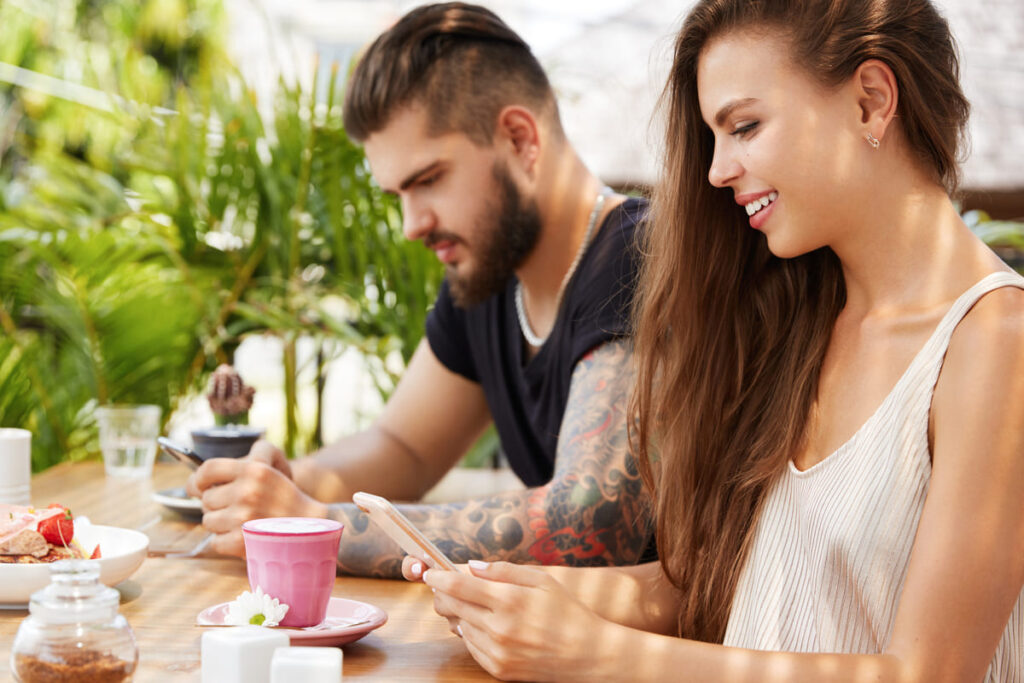
Across the street, a massive billboard advertises the latest 5G smartphone, promising to “connect you to everything. ” Below it, a young couple sits at a café, both lost in their separate screens, their coffee growing cold between them, untouched. The great irony of our age plays out daily: in our desperate quest to stay connected, we have somehow forgotten how to connect.
“Doctor sahab, mere phone ko COVID ho gaya hai!” (Doctor, my phone has caught COVID!) declared my elderly patient, Sharma uncle, his thick-rimmed glasses fogging up with concern. I couldn’t help but smile – he was convinced his phone had a “viral infection” because it kept “fever-ishly buzzing” with WhatsApp messages. Little did he know, his humorous complaint would become a perfect metaphor for what I now call “Digital Fever” – a condition spreading faster than any virus I’ve encountered in my 25 years of medical practice in Bangalore.
Recently, I treated a 12-year-old who developed what her worried mother called “YouTube Thumb” – a repetitive strain injury from endless scrolling. “She moves her thumb more times in a day than I have stirred my curries in a lifetime,” the mother lamented. According to a shocking study by the Indian Journal of Digital Health, the average teen’s thumb travels about 800 meters per day just from scrolling – roughly the distance from my clinic to the famous Cafe Amudham!
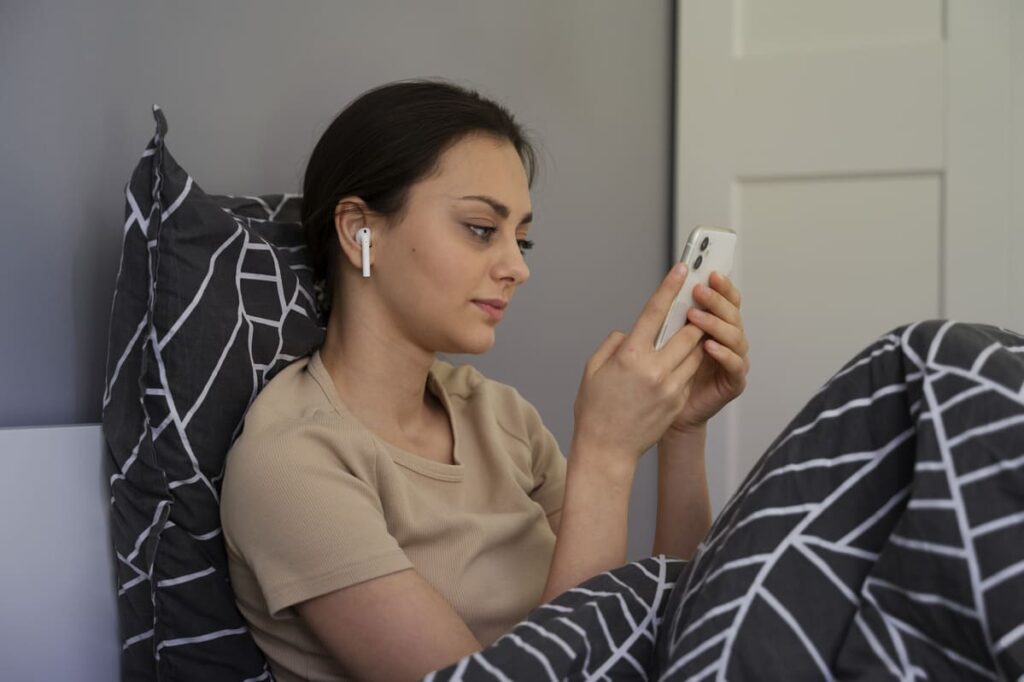
Take Arundhati, a brilliant 28-year-old software architect who developed what we now call “Startup Syndrome” – a cocktail of anxiety, insomnia, and phantom notification syndrome. “Doc,” she confessed, “I dream in notification sounds. Even my meditation app is stressing me out with mindfulness reminders!”
The statistics are as alarming as an anxious mother’s 3 AM WhatsApp forward. A NIMHANS study revealed that 82% of urban Indian professionals check their phones within 3 minutes of waking up – even before saying good morning to their spouse! As my watchman philosophically observed, “Pehle log chai se din ki shuruat karte the, ab notification se karte hain.” (People used to start their day with tea; now they start with notifications.)
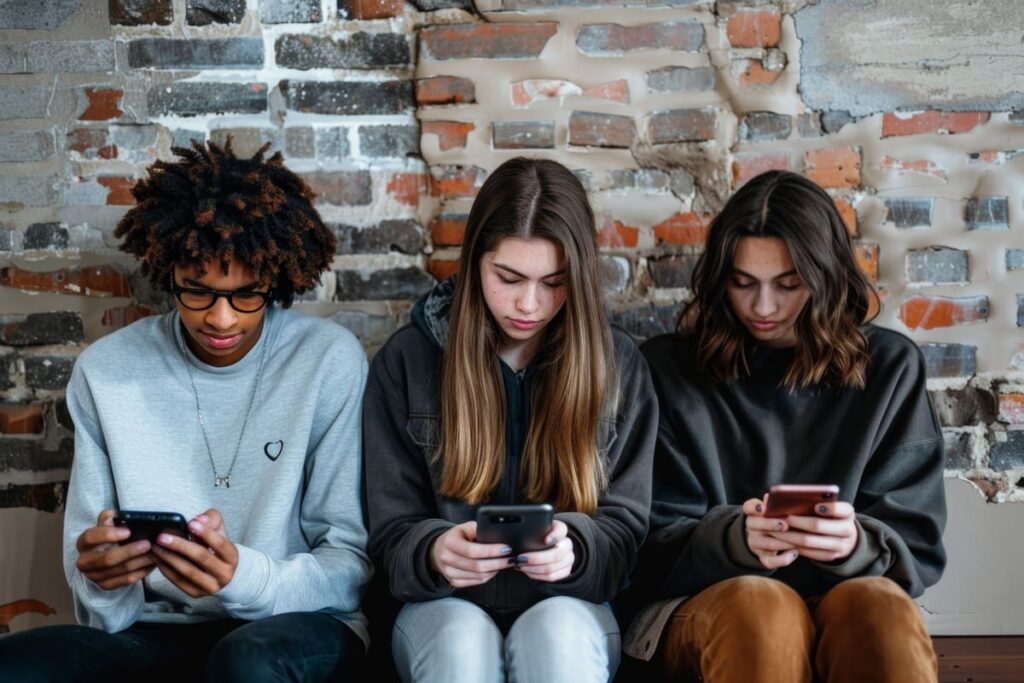
Ramesh, the startup founder who couldn’t attend his son’s annual day function because he was “too busy” responding to Slack messages? He ended up in my clinic with what I diagnose as “Digital Dharma Syndrome” – where professional obligations in the digital world overshadow personal dharma. The irony? His son’s performance was about the dangers of technology addiction. Through digital detox, meditation, and what I playfully call “Phone Pranayama” (structured breathing exercises every time you feel the urge to check your phone), Ramesh maintains a healthier tech-life balance.
Recent research from IISc Bangalore’s Human-Computer Interaction Lab presents a fascinating paradox: Indians spend an average of 7.3 hours daily on their smartphones (up from 4.5 hours in 2019) and reported feelings of loneliness have increased by 48%. We’re all attending a grand digital wedding but forgetting to enjoy the feast!
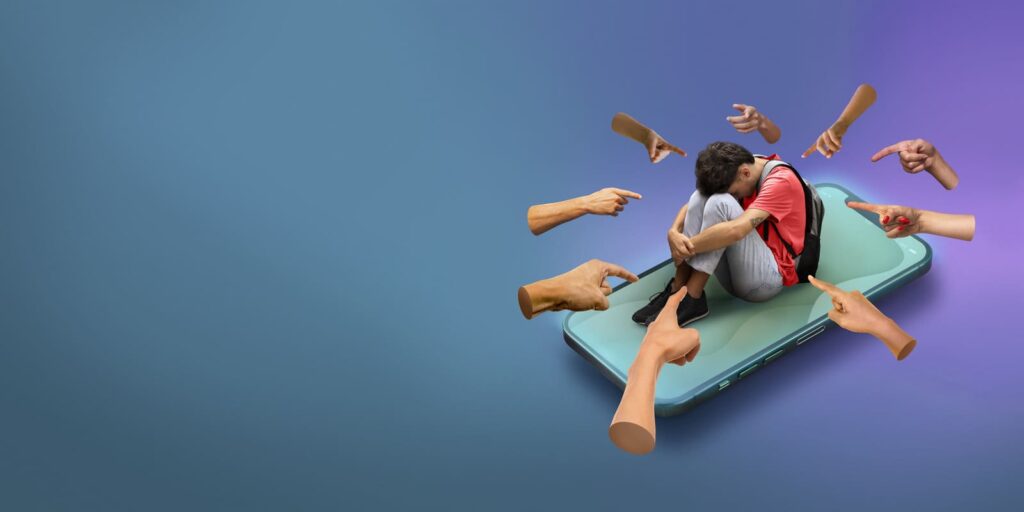
The most intriguing case I encountered was with three generations of the Krishnan family. The grandmother complained about her daughter-in-law’s Instagram addiction, while the daughter-in-law worried about her teenager’s gaming habits. Meanwhile, the grandmother herself had become a WhatsApp forward queen! “My mom has turned into a WhatsApp warrior,” her son sighed. “She fights more battles in family groups than the Mahabharat.”
A collaborative study between AIIMS and Stanford University discovered that our Indian brain’s response to social media notifications is remarkably similar to its response to the aroma of fresh samosas – both trigger an immediate dopamine rush! This explains why my patient Amit, a fitness enthusiast, found quitting Instagram harder than giving up sweets during his wedding preparation.
The solutions I’ve seen work are as diverse as an Indian thali. A tech company in Whitefield introduced “Digital Diwali”—periodic complete digital blackouts during which employees engage in face-to-face conversations, play carrom, or simply enjoy their coffee without screens. A college in Indiranagar started “Notification Naptimes”—designated hours during which teachers and students practice digital silence.
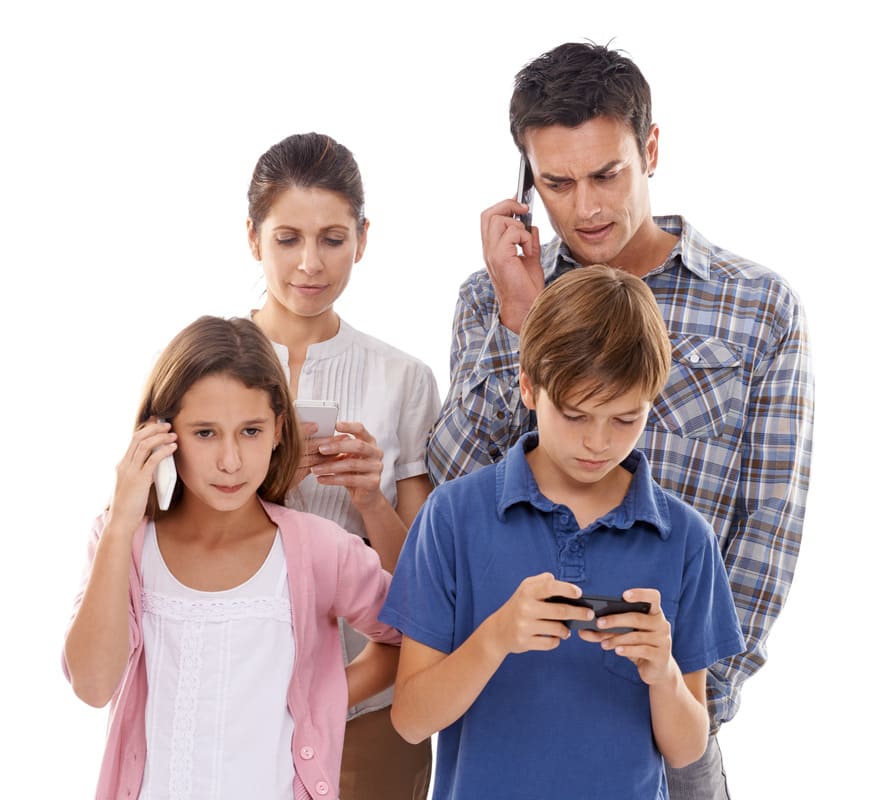
My favourite success story is of a family that created “Instagram Dosa Time.” Every Sunday morning, three generations gather to make dosas together, phones locked away, stories and laughter flowing as freely as the coconut chutney. Their teenage daughter told me, “I realized my grandfather’s stories are way more interesting than any Instagram reel!”
My last patient looked up from his phone today and said something that struck like lightning: “Doctor Saab, I’ve realized my grandfather’s pocket watch never ran out of battery, but it always had time for what mattered.” He’s right.
In this digital circus of endless notifications, we’ve become masters of the scroll but novices at the art of being still. The hands that once pressed together in namaste now press ‘like’ a thousand times daily, searching for connection in a sea of blue light.
After two decades of watching screens replace souls in my clinic, I’ve discovered medicine’s greatest irony: the most potent healing doesn’t come from any app or algorithm but in those rare, brave moments when we dare to disconnect. Ultimately, the most significant achievement isn’t catching up with every notification but catching your child’s eye across the dinner table and holding that gaze longer than any reel.

